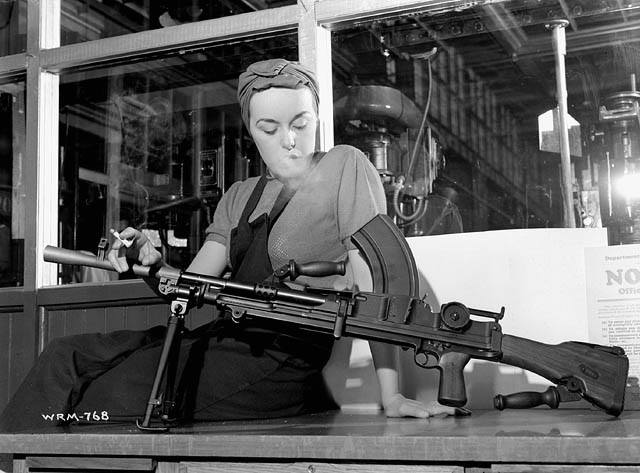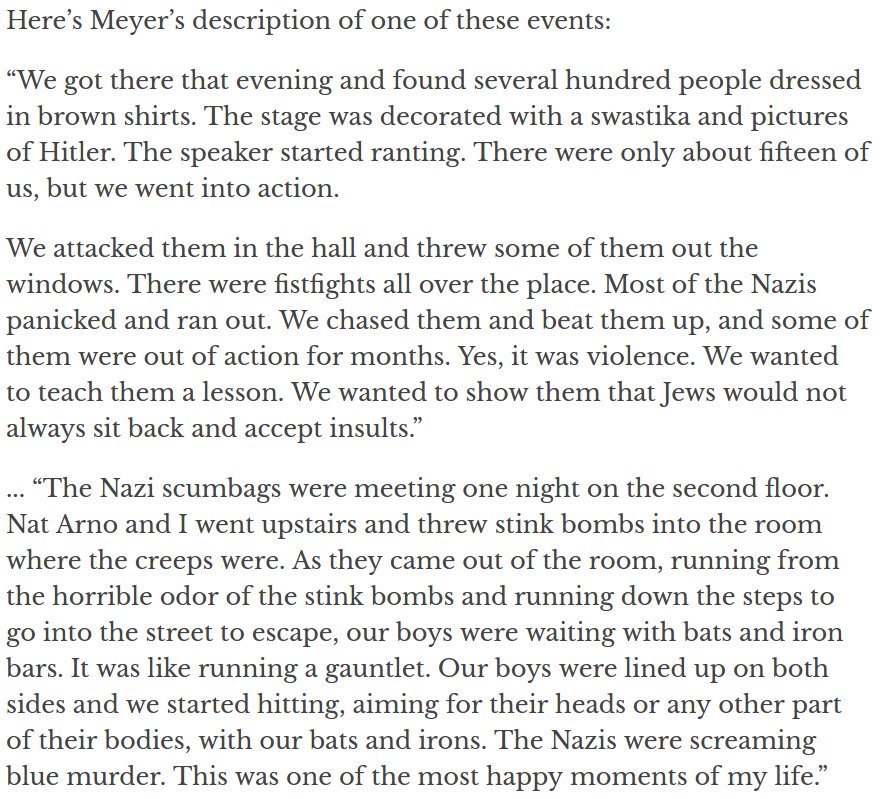Archeological finds during restoration of Falmouth's Chain Locker pub surprise St Austell Brewery
By
WBgdavies | Posted: February 25, 2017
The restoration of an historic pub on Falmouth's waterfront has led to some "remarkable" archaeological finds which has delayed the project.
St Austell Brewery are currently restoring and refurbishing the Chain Locker and builders have discovered that not only is the building older than first imagined, but some of the earliest features of the place are still in situ.
This includes an original earth and hair plaster-bounded wall, a timber partition wall featuring hand-painted wallpaper and a stone-built fireplace.
Site agent Tim Frampton was astonished by the discoveries. He said: "I've been doing this for 40 years and rarely do you come across finds like this, especially in commercial buildings that traditionally get rebuilt and altered across the years."
The finds, along with the severity of some of the remedial work required on the old building has led to the delay in the original timeline for the restoration and refurbishment programme.
Mr Frampton said the infrastructure of the main building was in a far worse state than originally imagined, which has caused a slow down to the schedule as new plans to rescue and preserve the site are put into place.
He said: "When we started peeling back the layers of the different building works across the centuries we discovered at least 10 inches of subsidence down the main entrance wall.
"This is something that simply couldn't have been envisaged until the building was opened up. Three extra floors have been put into the building over the years to compensate for the drop and we couldn't have known the severity of the problem until we took these up."
At one point during the works, the entire weight of the building – up to 40 tonnes – was resting on one damp and decidedly dismal brick pillar, a situation that has now been remedied through the ingenuity of the construction team on site.
Plans for a special raft design within a steel frame have been drafted which will be attached to the front wall and enable St Austell Brewery to restore the Chain Locker as close to its former glory as possible.
Mr Frampton said: "Everything is being done to maintain the character and feel of the old place, even down to photographing and marking every single piece of bric-a-brac that came down off the walls so that we can put them back up exactly as they were."
Some aspects of the old place will change, however, due to some unexpected discoveries behind the century old plasterwork.
Sean Taylor, archaeology projects officer from the Cornwall Archaeological Unit (CAU) said: "We were commissioned by St Austell Brewery to undertake historic building recording as a result of the major structural works required at the Chain Locker in Falmouth. This historic Listed Building was thought to be 18th to early 19th century in date but recording by CAU has revealed that the origins of the building may go back as far as the late 17th century."
The team hope that many of these features can be preserved and incorporated into the restoration, although all need to be recorded properly before any works can continue.
St Austell Brewery estate director Adam Luck said they always knew the project would be "immensely complex" but that the "end results would more than justify the work involved."
"These amazing archaeological finds, while they will delay the ultimate completion date, can only add to the character and charm of the building and make it an even more significant attraction in Falmouth," he said.
St Austell Brewery have thanked those around the site, in particular the Falmouth Harbour Commission who own the quay - for their support, patience and understanding as the renovations continue.
Mr Frampton added: "At the end of the day it all comes down to safety. Structural work has to be done in a sequence of events to ensure it is completed in a safe manner. We would all love to get the project finished early, but not at the expense of someone getting hurt."
The building work is now expected to be complete this July, with a grand opening planned to unveil the previously hidden secrets of the old pub as part of the overall refurbishment.
http://www.cornwalllive.com/archeol...tell-brewery/story-30163164-detail/story.html
Photos on page. It's ages since I've been in that part of town, and years since I last went in the Chain Locker! If it's really late 17th century, it must be one of the oldest buildings in town; Falmouth got its charter in 1640, IIRC.







